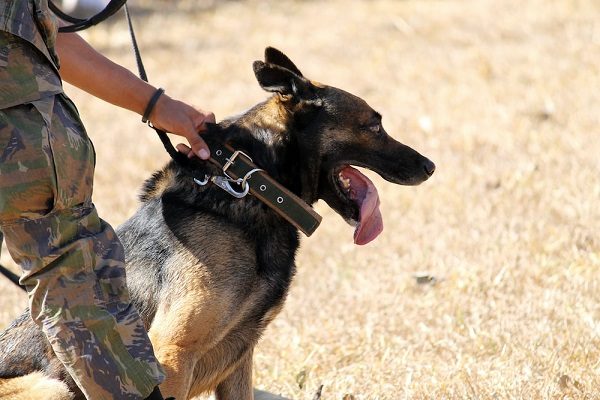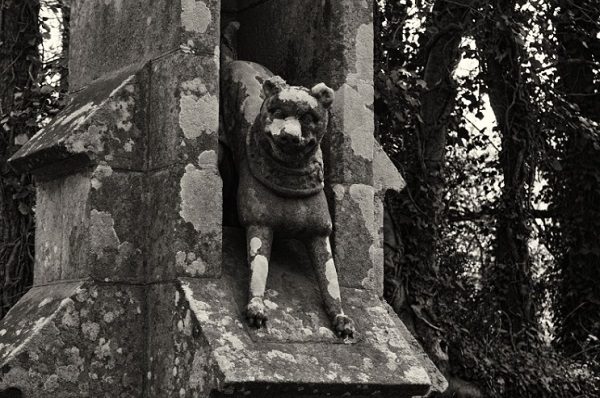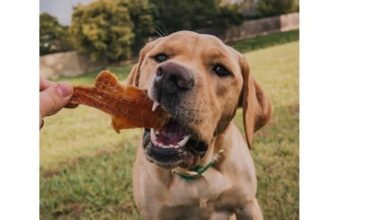
The relationship between dogs and humans stretches back thousands of years, to when the first wolves were domesticated. Throughout this long history, dogs have taken on various roles, from companionship and hunting to herding and guarding. However, one of their less known yet significant roles has been in warfare. While most dogs today are housepets, various working breeds such as the Belgian Malinois and Doberman Pinscher continue to serve in military capacities. Let’s explore the history of dogs in warfare, examining their various roles over the centuries and how modern militaries continue to utilise them.
Ancient Times: The Early Use of War Dogs
The earliest documented use of dogs in warfare dates back to antiquity. Many ancient civilizations recognized the potential of dogs in combat due to their loyalty, intelligence, and physical capabilities.
The ancient Egyptians, Greeks, Persians, and Romans all used dogs in war. Typically, they would be outfitted with spiked collars and sent into battle as a form of psychological warfare, their fierce appearance designed to intimidate the enemy. These dogs were also used for guarding and patrolling due to their keen senses of smell and hearing.
The Molossian dog, an ancient breed from Greece, was one of the most popular war dogs. Its strong and powerful build made it an effective force in battle, and its descendants, such as the Mastiff and Saint Bernard, continue to be appreciated for their strength and resilience.
Middle Ages to Early Modern Period: Dogs on Guard and Patrol
Throughout the Middle Ages, dogs were used more for guard and patrol duties rather than in frontline combat. Attentive breeds like Border Collie were highly effective at detecting intruders and alerting their human companions, a role they continue to play in many modern militaries.
During this period, the Spanish conquistadors used large breeds like the Mastiff and Great Dane during their campaigns in the New World. These dogs, known as “war dogs,” were armoured and trained to kill and cause terror.
19th to 20th Century: Dogs in Modern Warfare
The role of dogs in warfare underwent significant changes in the 19th and 20th centuries, primarily due to technological advancements in weaponry. As firearms made human-dog teams vulnerable on the battlefield, dogs began to take on more specialised roles.
In the American Civil War, dogs served as mascots, guards, and companions, providing comfort to the soldiers. Some dogs even achieved notoriety, such as Sallie, a Staffordshire Terrier who accompanied the Union’s 11th Pennsylvania Volunteer Infantry and stood guard over dead and wounded soldiers.
During World War I, dogs were used extensively by all sides. They served as messengers, carrying orders and communications across the battlefield. Dogs also served as sentries, scouts, and even medical assistants, locating wounded soldiers in no-man’s land. Perhaps the most famous war dog from this period is Sergeant Stubby, an American Pit Bull Terrier who served in the trenches in France and is remembered for his bravery and loyalty.
World War II saw an increase in the use of dogs, with more than 10,000 dogs serving in the U.S. military alone. Dogs were again used as messengers and sentries, but also as mine detectors. They were trained to detect the scent of explosives, making them invaluable in areas where traditional mine detection methods were less effective.
The Modern Era: Specialised Military Roles for Dogs
Today, dogs continue to serve in various military roles worldwide, their primary functions being detection and scouting. Military Working Dogs (MWDs) are trained to detect explosives, drugs, and in some cases, even electronic devices. Their keen sense of smell, far superior to any current technological device, makes them indispensable in these roles.
One of the most famous modern war dogs is Cairo, a Belgian Malinois who served with U.S. Navy SEALs. Cairo was part of Operation Neptune Spear, the mission that led to the death of Osama bin Laden.

Dogs also continue to play a crucial role in search and rescue operations. Their agility and sense of smell make them adept at locating missing or trapped individuals, particularly in difficult terrain.
Modern militaries also recognize the psychological benefits of dogs. Dogs are used in therapy roles, helping to comfort soldiers suffering from post-traumatic stress disorder (PTSD) and other mental health conditions. The bond between humans and dogs can be a powerful healing tool, offering emotional support and companionship.
Conclusion
From the battlefields of antiquity to the modern-day war zones, dogs have been an integral part of military history. Their roles have evolved over time, shifting from frontline combat to more specialised duties. Yet, their courage, loyalty, and capabilities remain unchanged. The history of dogs in warfare is a testament to the extraordinary bond between humans and dogs, a relationship marked by mutual respect, partnership, and at times, shared sacrifice. Today, as we continue to value their service in various military roles, we also honour the legacy of those dogs who served valiantly alongside their human counterparts throughout history.

